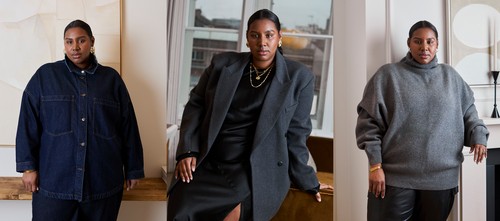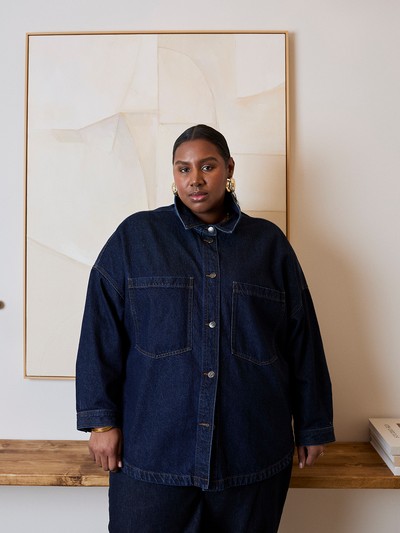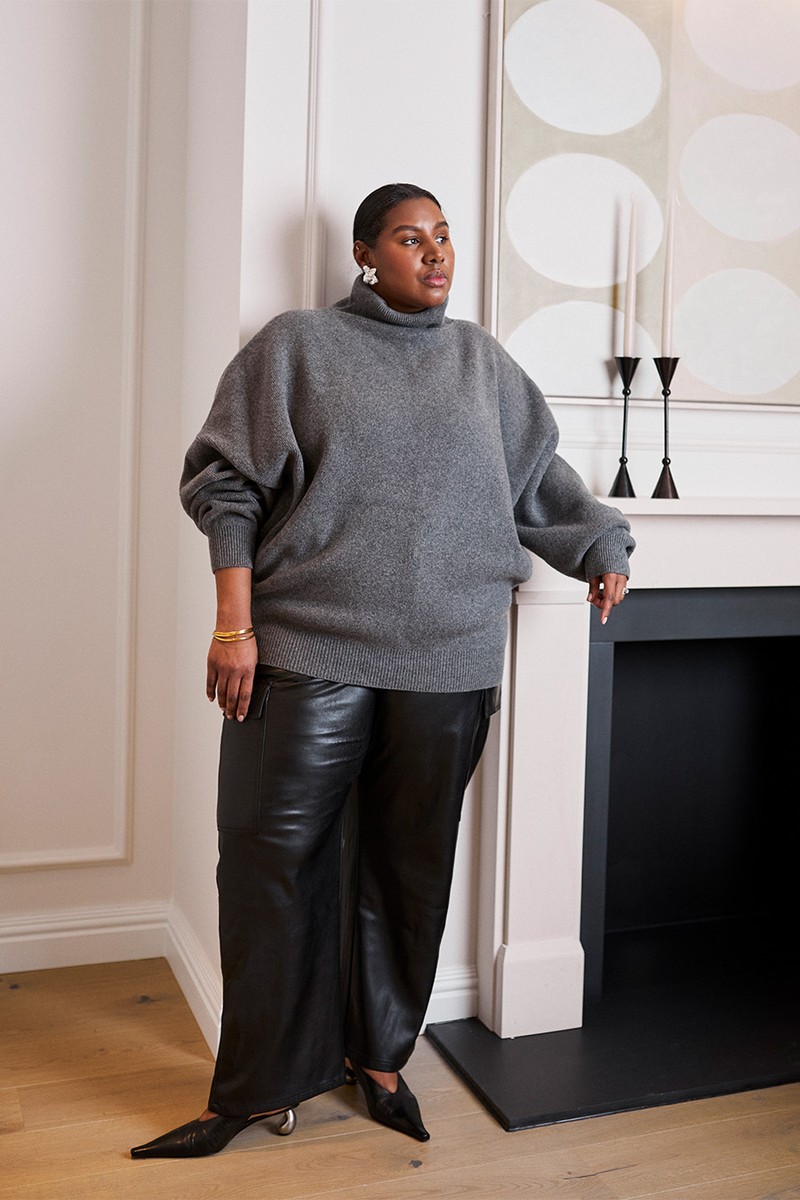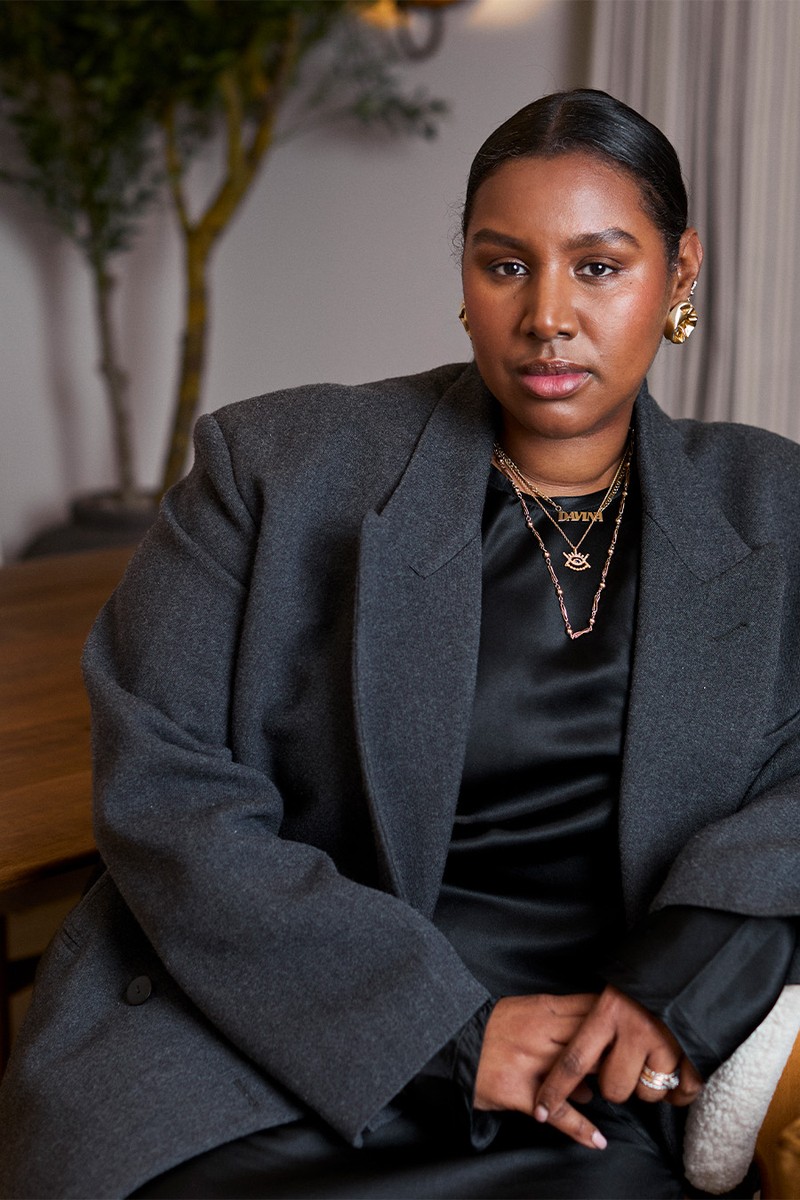

A Fashion Insider Talks Personal Style, Industry Moves & More
All products on this page have been selected by our editorial team, however we may make commission on some products.
Fashion has always been part of my life. When I was younger, I was very much inspired by fashion magazines and my parents’ impeccable sense of style. PR and communications naturally appealed to me because of the way it blends creativity, strategic thinking and connection – it felt like the perfect match for an industry as dynamic as fashion.
I’ve always wanted my career to feel meaningful and purposeful. After graduating, I started interning at a PR firm and managed to secure a full-time role after just two weeks. I worked my way up to director level over eight years before spending another six years in PR, eventually landing my current role at the British Fashion Council (BFC). Working at the BFC is a privilege. I get to support and promote incredible designers and brands, which makes me feel excited about the British fashion industry every day. It’s creative, innovative and – best of all – always surprising.
No two days are the same. While it’s not quite as fast-paced as agency life, it can feel a bit relentless – especially when you add the juggle of family life into the mix. But I thrive on the variety and the sense of purpose it brings. When I started, I knew there was a lot to do, and the pressure was on. Two and a half years in, I like to think my work is having an impact – both internally and externally. I hope the results of what I do are not only seen but felt. I’ve worked on some amazing and unique projects at the BFC. One highlight is the Pandora Leader of Change Award. Over the last couple of years, we’ve recognised and celebrated incredible and talented women like Michaela Coel and Issa Rae.
My personal style hasn’t changed much since joining the BFC. But this job has exposed me to incredible emerging brands and designers. My aesthetic is simple and starts with comfort – I gravitate towards clean lines and oversized silhouettes. My wardrobe is a tonal mix of well-cut tailoring and elevated essentials that are minimal, classic and often sporty.
My approach to fashion has become more mindful as I’ve got older. I’m great at leaning into trends without fully committing to them, which has helped me build a capsule wardrobe I genuinely love. Conscious shopping has always been important to me – I buy neutral, high-quality pieces that are versatile, make me feel good and slot seamlessly into my existing wardrobe.
Mending and repairing pieces is something I’ve embraced. This has been a satisfying and sustainable way to make the most of what I already own. That said, as a plus-size woman, finding brands I love can sometimes feel limiting. My go-to labels include Raey (RIP!), ARKET, COS, Aligne, H&M, Nike, Adidas and Adanola. For accessories, I’m a fan of CompletedWorks, Yu Mei, vintage Céline and New Balance.
My motto for workwear is ‘minimal effort, maximum impact’. On a typical day, you’ll find me in tailored trousers, a high-quality long-sleeve tee or oversized shirt, a blazer and smart trainers. I’ll often switch to a heel for an evening event. I’m also a sucker for statement earrings, great coats and good-quality shirts.
This year, I’m excited to see what Louise Trotter does at Bottega Veneta. I’ve loved watching brands like Bottega, Gucci, Loewe, The Row and Miu Miu elevate essentials like jeans, sweatshirts, knitwear and outerwear. It really resonates with my own approach to fashion – everyday pieces done exceptionally well.
Moving into 2025, the UK fashion industry faces its share of challenges. Post-Brexit trading terms, sustainability, inclusivity and fair labour practices are just a few of the pressing issues designers and brands need to address. On top of that, longer payment terms, tighter budgets and increased regulations mean brands must innovate to survive.
Sustainability is no longer optional – it’s essential. The industry is under constant scrutiny given its environmental impact, and we need to take proactive measures to reduce waste, pollution and the use of non-renewable resources. Still, within these challenges lie opportunities. British brands, which are known for their quality and design, can harness innovation and creativity to cater to the growing demand for sustainable, customised and personalised fashion.
Technology is another major driver of change. It has the potential to open new consumer segments, enhance relevance and foster inclusivity. By embracing diversity authentically, both in terms of product offerings and marketing campaigns, brands can create deeper connections with today’s audience.
I always feel motivated and passionate about my work. The thing that keeps me inspired is my drive to create long-lasting, tangible change – whether it’s promoting diversity and equity, supporting designers and businesses, or advocating for investment in the creative arts. I want to help make the industry more inclusive and sustainable.
For anyone wanting to get into fashion, my advice is simple: get experience. Be proactive and don’t hesitate to reach out to people in the industry. There are amazing programs like ROOM Mentoring, founded by the incredible Kenya Hunt at ELLE UK, and platforms like BRICKS Magazine’s Learner Platform, which offers career advice and post-entry-level job roles in the creative industries. Fashion is a tough industry, but it’s also one of the most rewarding. With a bit of passion, determination and hard work, the possibilities are endless.
Follow @DAVINAWEDDERBURN
Photography Victoria Adamson
With thanks to 18 Porchester Gardens
DISCLAIMER: We endeavour to always credit the correct original source of every image we use. If you think a credit may be incorrect, please contact us at info@sheerluxe.com.

/https%3A%2F%2Fsheerluxe.com%2Fsites%2Fsheerluxe%2Ffiles%2Farticles%2F2025%2F01%2Fsl-080125-style-spotlight-davinia-fullbleed-1.jpg?itok=yD-KuUZL)


